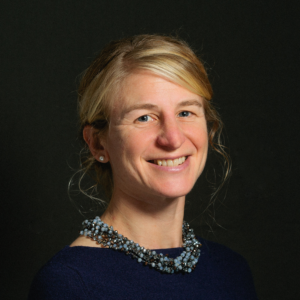While it’s obviously laudable to work to advance clinical trial diversity both in terms of patient population and workforce, it’s also important to widen the “aperture” to address a wide range of underserved populations, including the elderly, rural, people with disabilities, under/un-insured, and others, says Sarah White, executive director at the Multi-Regional Clinical Trials (MRCT) Center of Brigham & Women’s Hospital and Harvard.
The MRCT Center has been active for more than five years raising awareness of the fact that clinical trials “haven’t been reflective our population,” especially as evidenced by FDA Snapshots from the U.S. Food and Drug Administration (FDA) over the past seven years or so, White says. “We have to find ways we can make a difference,” she adds.
In 2018, the MRCT Center hosted a multi-stakeholder group to address the barriers—both big and small—slowing the successful enrollment and retention to a wide range of patient populations. “Our working model involves collaborating with multi-stakeholder teams to identify challenges and deliver ethical, actionable, and practical solutions for the global clinical trial enterprise,” White says.
In the summer of 2020, amidst bubbling racial divisions sparked in part by the death of George Floyd, the MRCT Center issued its landmark guidance document and toolkit. Since dissemination of Achieving Diversity, Inclusion, and Equity in Clinical Research, the MRCT Center has developed online trainings, offered a toolkit for institutional review boards, and recently launched Equity by Design in Clinical Research: The EbD Metrics Framework, which outlines seven domains of strategic and tactical considerations to advance diversity, equity, and inclusion in clinical research.
The intentionally high-level framework can be adapted to the work of all organizations. In a webinar about the framework, speakers discuss how their organizations have used it to complement their own work and to stimulate action.
“When we think about diversity, we have to think beyond race and ethnicity,” White says. “We have to think in terms of age, geographic location, religion, insurance status. We have to widen the aperture.”
Author: Michael Causey



